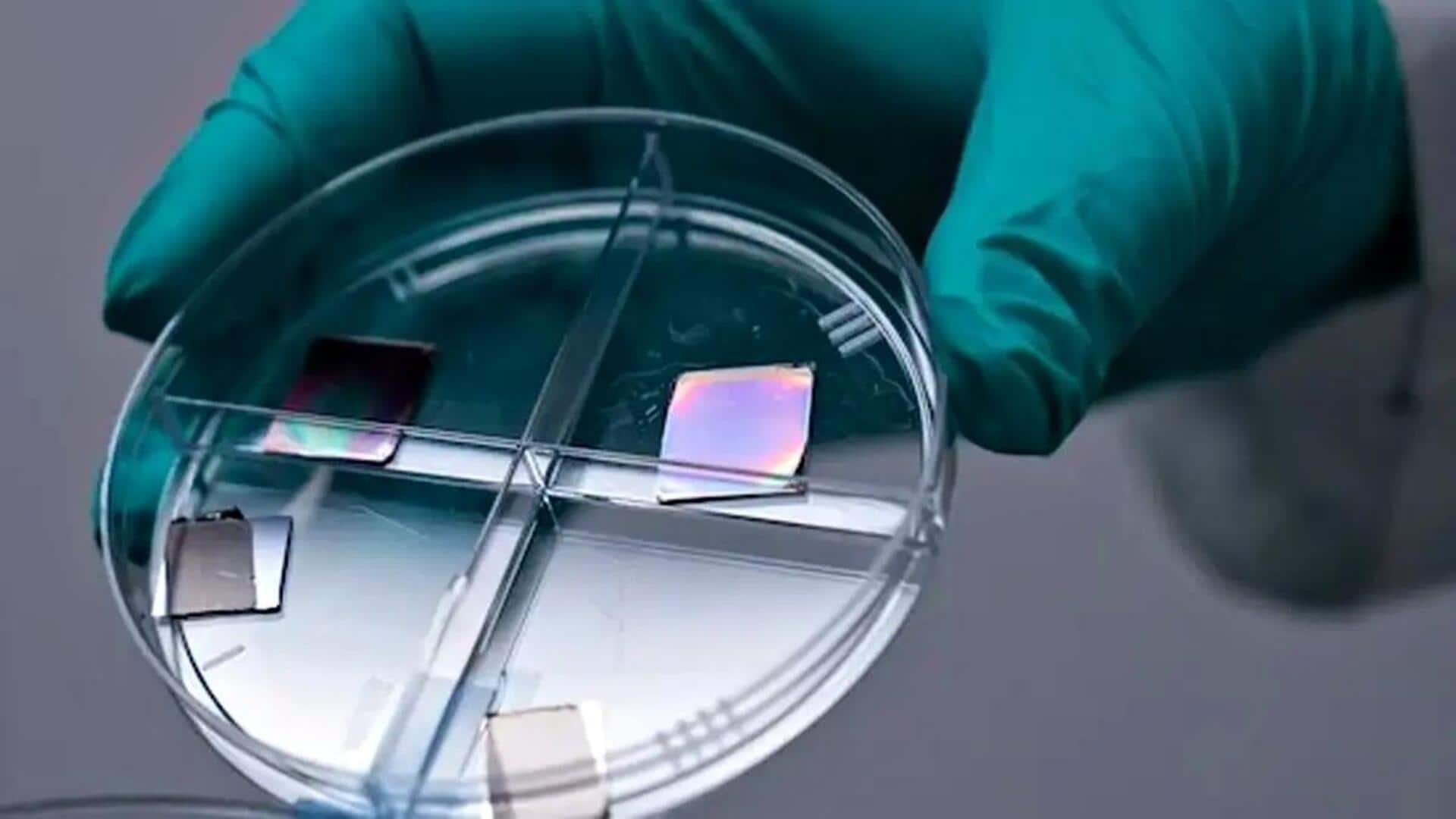
This quantum-inspired tech converts heat to electricity at 60% efficiency
What's the story
In a major breakthrough in thermal energy storage (TES) systems, a team of researchers at Rice University in Texas has developed an efficient thermal emitter. The component is critical for TES systems, which store power as heat and convert it back into electricity when needed. The new thermal emitter has shown an impressive efficiency rate of 60%, marking a major step forward in sustainable energy storage solutions.
Sustainable solution
TES systems: A sustainable alternative to batteries
TES systems provide a more sustainable alternative to traditional batteries, which are typically manufactured from scarce minerals and can leach harmful chemicals into the environment. TES systems, on the other hand, utilize low-cost materials and last longer than batteries. They also offer a scalable solution for grid-sized systems, making them an ideal candidate for stabilizing renewable energy grids by storing excess solar or wind power and supplying it during peak demand periods.
Key component
The role of thermal emitters in TES systems
The thermal emitter is an integral part of TES systems. It absorbs heat, converts it into electromagnetic radiation, and captures it with a photovoltaic cell to produce electricity. "This system involves two main components - photovoltaic (PV) cells that convert light into electricity and thermal emitters that turn heat into light," the Rice University team explained. They stressed both these components should work efficiently for the system to work.
Efficiency boost
Overcoming energy losses with efficient thermal emitters
The main problem in creating viable thermophotovoltaic (TPV) systems is the energy losses during conversion. This problem can be solved with an efficient thermal emitter, something that has been somewhat ignored in past studies. "Using conventional design approaches limits thermal emitters' design space," said Gururaj Naik, a study co-author and associate professor at Rice University. He added that traditional TPV designs often lead to either practical but low-performance devices or high-performance emitters that are difficult to integrate into real-world applications.
Quantum leap
Quantum-inspired thermal emitter: A game-changer in TES systems
The Rice University team's quantum-inspired thermal emitter could revolutionize TES systems. The researchers placed hundreds of silicon nanocylinders on a tungsten metal sheet to develop this novel thermal detector. When heated, the system emits photons that are absorbed by these nanocylinders serving as resonators. "This selective emission, achieved through insights from quantum physics, maximizes energy conversion and allows for higher efficiencies than previously possible," the study authors noted.